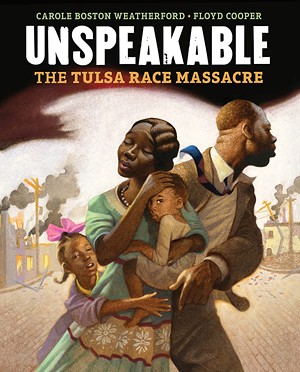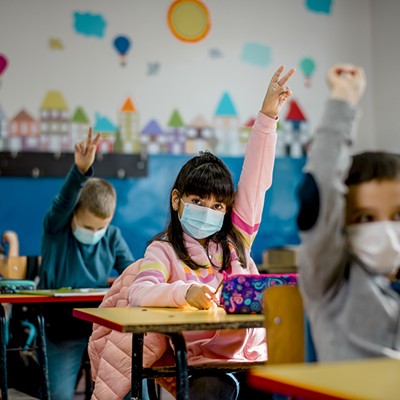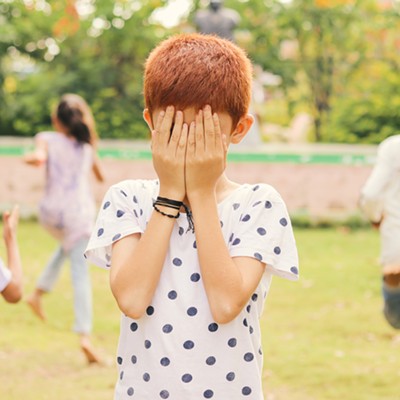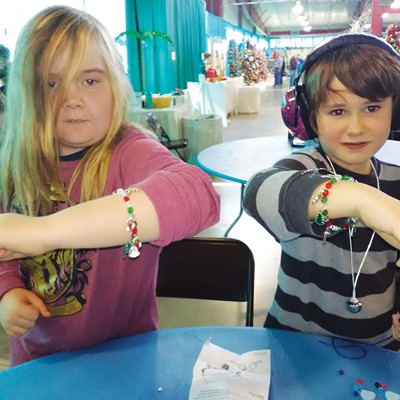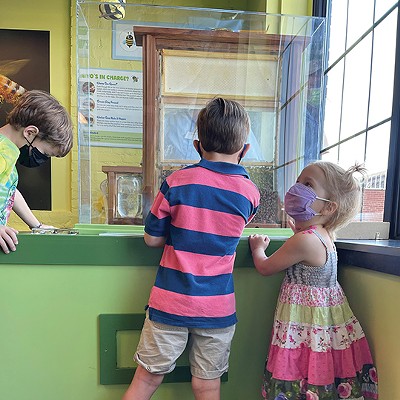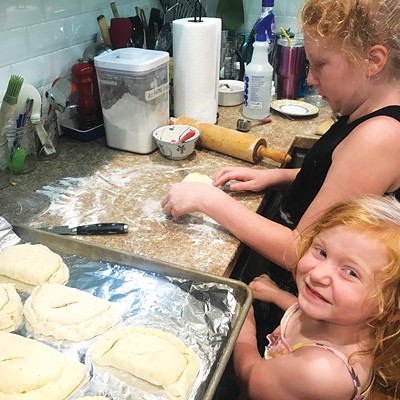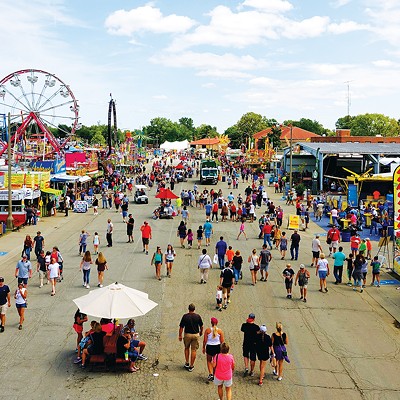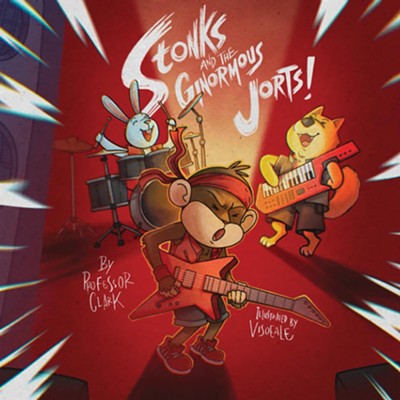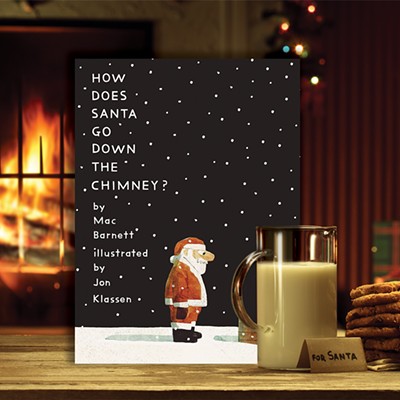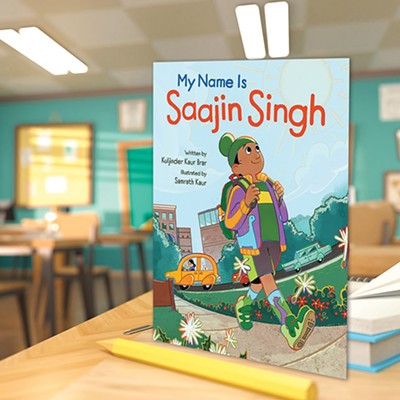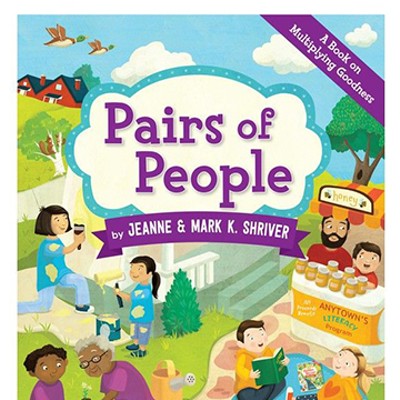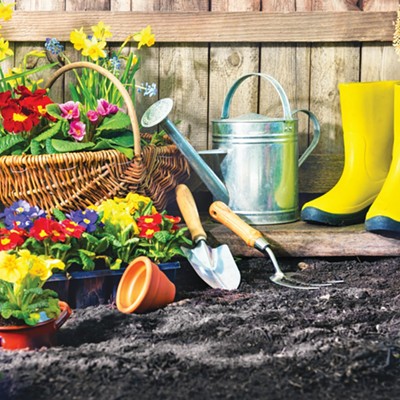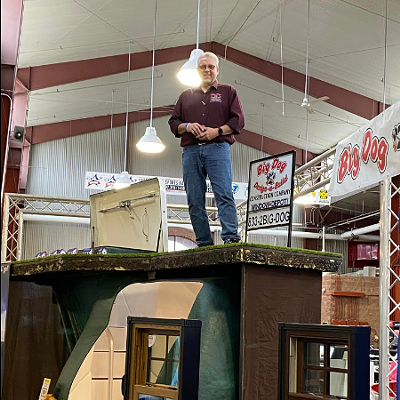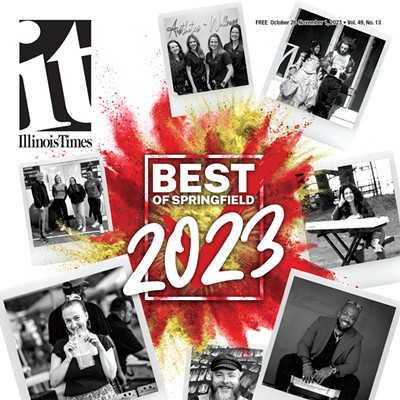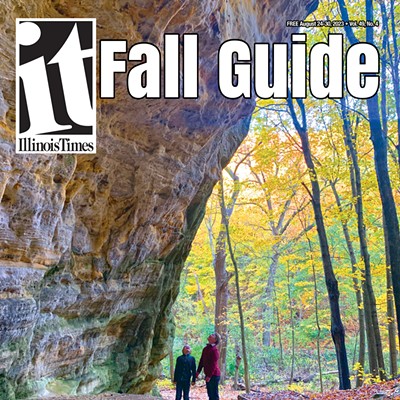Honestly, as an adult, one of the reasons I enjoy reading nonfiction children's books is not only because I can usually read them pretty quickly, but also because I learn something new almost every time, especially when I read books around historical events. When I read these types of books with or recommend them to my own kids, they usually spark some questions or conversation. I welcome these conversations, because it lets me know they're thinking while reading (or while listening to me read). Plus, I know reading nonfiction helps them make sense of the world around them and that learning about history can help them understand the present. Recently, I've read a couple of nonfiction books for children that you'll probably need to be ready to have conversations with your kiddos about if they read them.
First up, a 2019 National Book Award finalist book, 1919: The Year that Changed America, by Martin W. Sandler. Sandler divides this book into major events that happened during 1919, including the women's suffrage movement, racial unrest called Red Summer and the Black Sox baseball scandal, to name a few. The book had me from the first chapter, which was about the Great Molasses Flood of 1919, an event that I knew nothing about.
It is written in a format that is entertaining, as well as easy to understand, given the topics covered. It also has photos of primary sources throughout the book, which breaks up the text and helps give context to these events. Sandler also attempts to connect the events of 1919 to the present day. If you have a child who enjoyed books like those in the I Survived series, or just nonfiction in general, this might be their next great read. You just need to be ready to possibly have an odd conversation about why molasses was flowing through the city of Boston. I would recommend this book for kids in middle school and above.
My next historically focused nonfiction recommendation is a picture book, Unspeakable: The Tulsa Race Massacre, written by Carole Boston Weatherford and illustrated by Floyd Cooper. This book takes the reader through the massacre of 1921, starting with the development of the Black neighborhood of Greenwood, and then the incident that precipitated the massacre. This can be a sensitive topic, but the language is simple enough for children to understand without reducing the gravity of the situation. Additionally, the illustrations in this book are beautiful and add so much context to the retelling of the event. As you can find with many nonfiction books, there is wonderful additional information at the end of the book, where the author even gives updates about Tulsa in the present day.
Although this is a picture book, it does cover a heavier topic, so until your elementary child has some background on this event, I would not recommend they read it independently until fourth or fifth grade. However, it is a great book to read with your child, especially if the Tulsa Race Massacre is a new event to you as well.
Nonfiction books for children have come a long way, even from 10 or 15 years ago. They are much more engaging in both their presentation and the topics they cover. I often appreciate reading these books for my own enjoyment. At any rate, if you haven't already, I highly recommend introducing some nonfiction books into your child's reading life.
Deana Metzke is literacy coach at a Springfield elementary school and mom of two. For more children's book recommendations, follow her on Twitter @DMetzke or visit her blog at http://raisingreaders.site.

